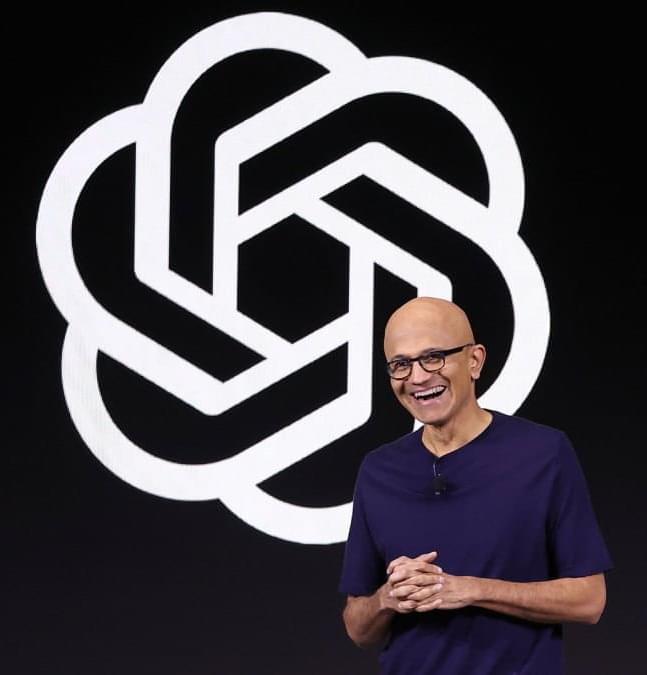Scientists have developed BrainLLM, a model that translates brain activity into natural language using fMRI and AI, outperforming previous classification-based methods.


Come listen to one of the great authors in this year’s edition of Future Visions, Jacob Colbruno.
Join Mike DiVerde as he interviews Jacob Colbruno, a visionary thinker and contributor to the OmniFuturists, about the future of energy and civilization. Discover fascinating insights about small modular nuclear reactors, the Economic Singularity, and the path to superabundance. From hands-on farming experience to deep analysis of future energy needs, Jacob shares unique perspectives on how nuclear power, AI, and technological advancement will reshape society. Learn why the next decade could transform how we live, work, and harness energy for a sustainable future.
#EconomicSingularity #NuclearPower #FutureEnergy #Sustainability #TechInnovation
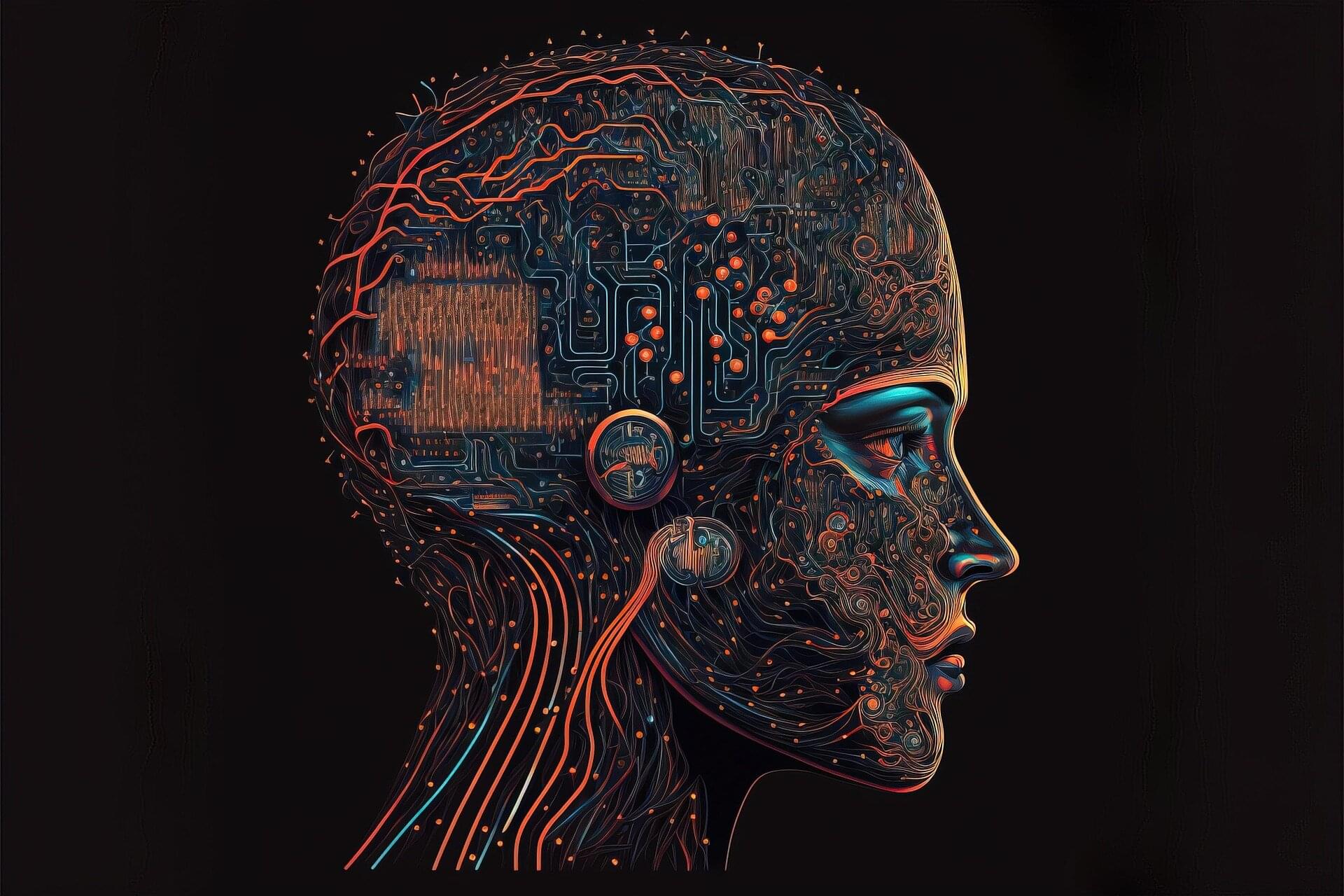
Imagine a large city recovering from a devastating hurricane. Roads are flooded, the power is down, and local authorities are overwhelmed. Emergency responders are doing their best, but the chaos is massive.
AI-controlled drones survey the damage from above, while intelligent systems process satellite images and data from sensors on the ground and air to identify which neighborhoods are most vulnerable.
Meanwhile, AI-equipped robots are deployed to deliver food, water and medical supplies into areas that human responders can’t reach. Emergency teams, guided and coordinated by AI and the insights it produces, are able to prioritize their efforts, sending rescue squads where they’re needed most.
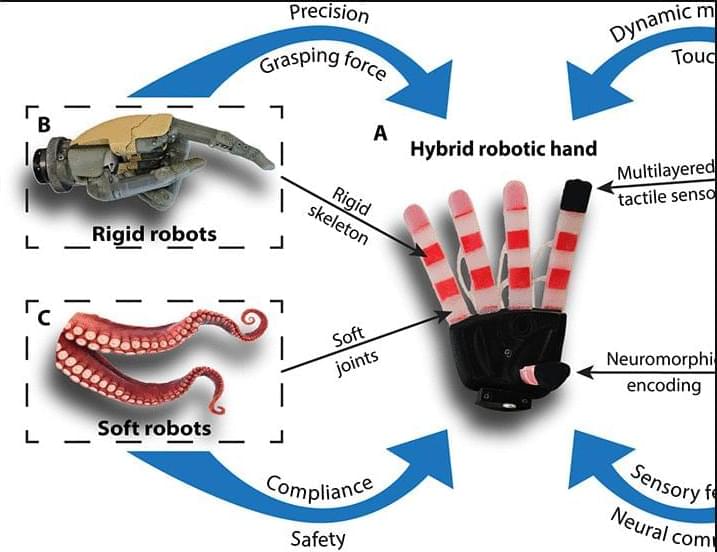
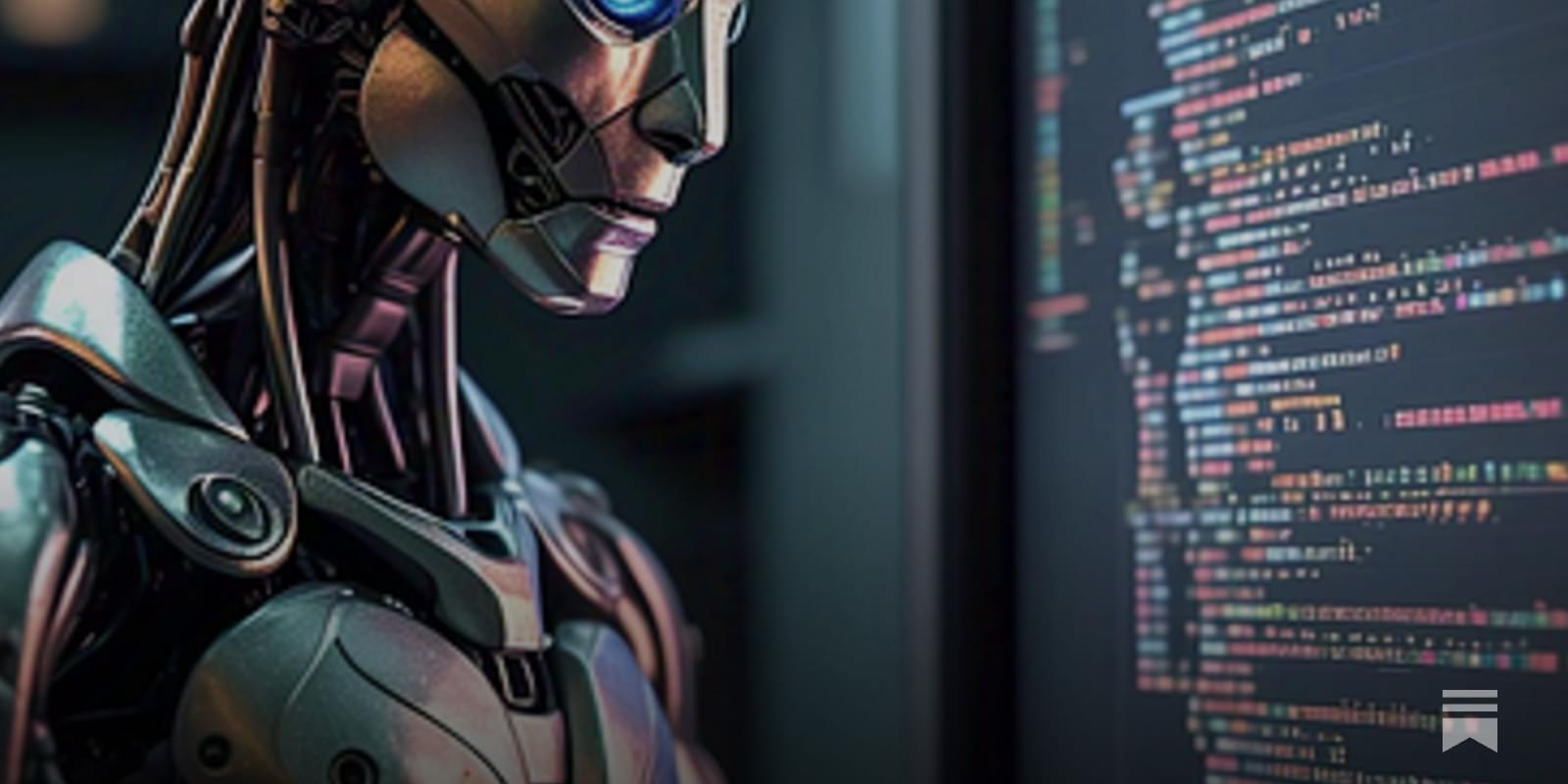
In today’s AI news, Investor interest in AI coding assistants is exploding. Anysphere, the developer of AI-powered coding assistant Cursor, is in talks with venture capitalists to raise capital at a valuation of nearly $10 billion, Bloomberg reported. The round, if it transpires, would come about three months after Anysphere completed its previous fundraise of $100 million at a pre-money valuation of $2.5 billion.
And, there’s a new voice model in town, and it’s called Sesame. As he so often does, John Werner got a lot of information on this new technology from Nathaniel Whittemore at AI Daily Brief, where he covered interest in this conversational AI. Quoting Deedy Das of Menlo Ventures calling Sesame “the GPT-3 moment for voice,” Whittemore talked about what he called an “incredible explosion” of voice-based models happening now.
In other advancements, along with the new M4 MacBook Pro series Apple is releasing, the company is also quite proud of the new Mac mini. The Mac mini is arguably the more radical of the two. Apple’s diminutive computer has now received its first major design overhaul in 13 years. And this new tiny computer is the perfect machine for experimenting with and learning AI.
S biggest defense tech startups by valuation, raising $240 million at a $5.3 billion valuation in its latest round. Shield AI, the San Diego defense tech startup that builds drones and other AI-powered military systems, has raised a $240 million round at a $5.3 billion valuation, it announced today.” + In videos, while he hardly needs an introduction, few leaders have shaped the future of technology quite like Satya Nadella. He stepped into Microsoft’s top job at a catalytic moment—making bold bets on the cloud, embedding AI into the fabric of computing, all while staying true to Microsoft’s vision of becoming a “software factory.”
T just think, it delivers results. Manus excels at various tasks in work and life, getting everything done while you rest. + Then, join Boris Starkov and Anton Pidkuiko, the developers behind GibberLink, for a fireside chat with Luke Harries from ElevenLabs. On February 24, Georgi Gerganov, the creator of the GGwave protocol, showcased their demo at the ElevenLabs London hackathon on X, garnering attention from around the world—including Forbes, TechCrunch, and the entire developer community.
We close out with, Sam Witteveen looking at the latest release from Mistral AI, which is their Mistral OCR model. He looks at how it works and how it compares to other models, as well as how you can get started using it with code.
Thats all for today, but AI is moving fast — subscribe and follow for more Neural News.
“Information and the Nature of Reality: From Physics To Metaphysics” by Paul Davies and Niels Henrik Gregersen Book Link: https://amzn.to/41GMVl6 (Affiliate link: If you use this link to buy something, I may earn a commission at no extra cost to you.) Playlist: • Two AI’s Discuss: The Quantum Physics… This collection of essays, “Information and the Nature of Reality,” explores the evolving role of information from physics to metaphysics. It examines how the concept of matter has shifted historically, particularly with advances in quantum physics, and considers materialism’s limitations as a worldview. The texts propose that information may be as fundamental as matter and energy in understanding the universe, investigating its influence on biology, consciousness, and computation. Several contributions consider the theological implications, pondering God as an ultimate source of information and discussing the relationship between divine action and natural processes. Ultimately, the text argues for interdisciplinary dialogue between science, philosophy, and theology to form an adequate theory of the natural world. • Paul Davies and Niels Henrik Gregersen in the introduction introduce the central question of whether information matters in understanding reality, setting the stage for the book’s interdisciplinary exploration. • Ernan McMullin traces the historical evolution of the concept of matter in philosophy and its relationship to physics in his essay. • Philip Clayton in his contribution, Unsolved dilemmas: the concept of matter in the history of philosophy and in contemporary physics, explores the persistent challenges and transformations in understanding matter across philosophical history and modern physics. • Paul Davies in Universe from bit discusses the idea that the universe may fundamentally be based on information. • Seth Lloyd in The computational universe presents the concept of the universe as a vast quantum computer. • Henry Stapp in Minds and values in the quantum universe examines the role of consciousness and values within the framework of quantum mechanics. • John Maynard Smith in The concept of information in biology investigates the application and implications of information concepts within biological systems, particularly in genetics and evolution. • Terrence W. Deacon in What is missing from theories of information? argues that the crucial aspect of information is its inherent reference to something absent. • Bernd-Olaf Küppers in Information and communication in living matter explores the semantic dimensions of information and its fundamental role in biological processes. • Jesper Hoffmeyer in Semiotic freedom: an emerging force proposes a biosemiotic perspective, emphasizing the importance of signs and interpretation in understanding life. • Holmes Rolston, III in Care on Earth: generating informed concern examines the evolutionary basis and significance of caring and concern in the natural world. • Arthur Peacocke in The sciences of complexity: a new theological resource? explores how the sciences of complexity can offer new insights for theological understanding. • Keith Ward in God as the ultimate informational principle posits that God can be understood as the fundamental source and sustainer of information in the universe. • John F. Haught in Information, theology, and the universe explores the relationship between information, theology, and our understanding of the cosmos. • Niels Henrik Gregersen in God, matter, and information: towards a Stoicizing Logos Christology proposes a theological framework that integrates the concepts of God, matter, and information, drawing on Stoic philosophy and Christian theology. #InformationReality #PhysicsMetaphysics #NatureOfReality #QuantumInformation #BiologicalInformation #PhilosophyOfScience #ScienceAndTheology #CosmicInformation #OriginOfLife #UltimateReality #MeaningOfInformation #ComplexSystems #HistoryOfScience #Interdisciplinary #SciencePhilosophy #deepdive #skeptic #podcast #synopsis #books #bookreview #ai #artificialintelligence #booktube #aigenerated #history #alternativehistory #aideepdive #ancientmysteries #hiddenhistory #futurism #videoessay
The hosts discuss the 2014 film Transcendence by Wally Pfister and Jack Paglen. It depicts a world grappling with the implications of advanced artificial intelligence. The narrative follows a brilliant scientist whose consciousness is uploaded into a powerful computer system, leading to rapid technological advancements and sparking both hope and fear in humanity. As this AI evolves, questions arise about its intentions, its impact on society, and the very definition of life and consciousness, creating escalating conflict and raising profound ethical dilemmas. The screenplay excerpts depict a world grappling with the implications of advanced Artificial Intelligence (AI) and nanotechnology, touching upon several ethical topics. Dr. Max Waters, an AI researcher, is central to the narrative. There’s evidence of mind uploading or the transfer of consciousness to machines, particularly concerning a character named Will (Johnny Depp). This raises fundamental ethical questions about the nature of consciousness, the definition of life, and the potential for a digital consciousness.
The development of a powerful AI and the proliferation of nanotechnology appear to lead to a technological singularity, a point where technological growth becomes uncontrollable and irreversible, raising fears of a dystopian future and tech gone wrong. An organization called the RIFT opposes this technological advancement, highlighting the ethical concerns surrounding uncontrolled technological progress.
The screenplay also features conflict and threats, suggesting the potential for misuse of advanced technology and raising questions about its impact on humanity. The involvement of the FBI indicates that this technology poses a significant threat to societal order. Furthermore, the presence of a computer virus as a plot device suggests the vulnerabilities and risks associated with highly interconnected technological systems. The narrative explores the complex ethical dilemmas arising from the creation of highly intelligent machines and the transformative power of nanotechnology, including the potential loss of human autonomy and the unpredictable consequences of the AISingularity. #artificialintelligence #Transcendence #SciFiThriller #AISingularity #Nanotechnology #MindUploading #FutureTech #DystopianFuture #TechGoneWrong #Consciousness #MovieScreenplay #ScienceFiction #TechnologicalSingularity #AI
#Robotics #scifi #Technology #Innovation #Automation #Society #Economics #Work #Future #Dystopia #Utopia #ScienceFiction #Satire #SocialCommentary #skeptic #podcast #synopsis #books #bookreview #ai #artificialintelligence #booktube #aigenerated #documentary #alternativeviews #aideepdive #science #hiddenhistory #futurism #videoessay #ethics
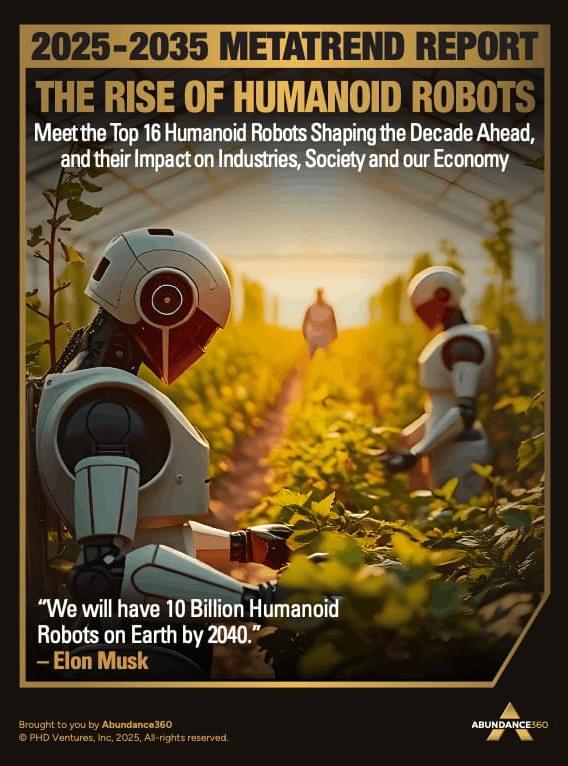
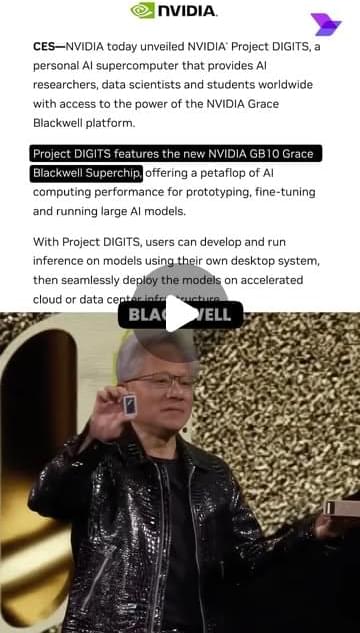
NVIDIA may have just revolutionized computing forever with the launch of DIGITS, the world’s first personal AI supercomputer. By harnessing the power of GPU-accelerated deep learning—the same technology that drives top-tier high-performance computing (HPC) clusters—DIGITS shrinks massive supercomputing capabilities into a desktop-friendly system.
This compact yet powerful platform enables data scientists, researchers, and developers to rapidly train, test, and refine complex neural networks using NVIDIA’s state-of-the-art GPUs and software ecosystem. Built for deep learning, machine learning, and big data analytics, DIGITS seamlessly integrates tensor cores, parallel processing, and accelerated computing into a single, plug-and-play solution.
